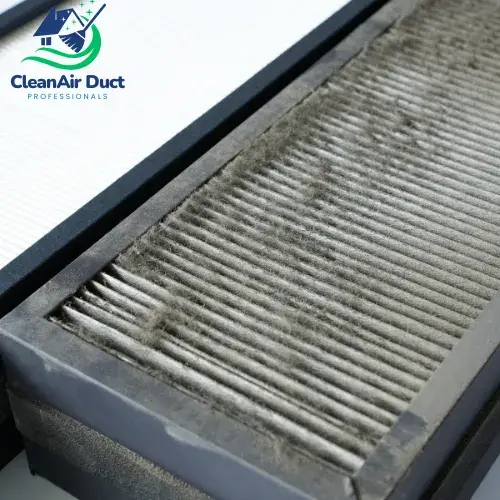
If your energy bills are steadily increasing without a clear reason, your air ducts might be the culprit. Damaged ducts with leaks, cracks, or disconnected sections allow air to escape before it reaches its destination. This forces your HVAC system to work harder to maintain the desired temperature, leading to higher energy consumption and costs.
The problem is especially common in older homes where ducts may have worn out over time. Poor insulation or unsealed joints can also cause significant energy loss, making your HVAC system less efficient. Air duct replacement addresses these issues by ensuring a sealed and insulated system that improves airflow and reduces strain on your equipment.
By replacing damaged ducts, you can lower your utility bills and improve your system’s performance. Not only does this save money in the long run, but it also keeps your home more comfortable with consistent heating and cooling.
Unusual Odors or Poor Air Quality: When Air Duct Replacement Is Necessary
Foul odors or declining air quality in your home are major warning signs that your air ducts may need replacement. Over time, ducts can accumulate dust, debris, and even mold, especially if there are leaks or poor ventilation. These contaminants are then circulated throughout your home, affecting the air you breathe.
Musty odors often indicate mold growth, which can pose serious health risks, especially for those with allergies or asthma. If cleaning the ducts doesn’t resolve the issue, it may be time for a replacement. Additionally, excessive dust buildup around vents or on surfaces is another clue that your ducts are not functioning properly.
Replacing old or contaminated ducts ensures cleaner, healthier air and eliminates persistent odors. A new duct system not only enhances your indoor air quality but also creates a fresher and more pleasant living environment for you and your family.
Age and Damage: Knowing When Your Air Ducts Have Reached Their Limit
Air ducts aren’t designed to last forever. Most duct systems have a lifespan of 10-15 years, depending on the quality of materials and maintenance. As ducts age, they can develop leaks, sagging sections, or become disconnected, leading to inefficient airflow and uneven heating or cooling.
Visible damage, such as cracks or holes in the ducts, is a clear sign that air duct replacement is needed. Additionally, if you notice unusual noises, such as rattling or whistling, it could indicate that your ducts are struggling to maintain proper airflow.
Old ducts may also be made from outdated materials that lack the efficiency and insulation of modern options. Replacing them with new, energy-efficient ducts can enhance the performance of your HVAC system while preventing future issues. Addressing these signs early ensures your home remains comfortable and your system operates at its best.
Read More:
Identifying Energy Loss: How Damaged Ducts Increase Utility Costs
How Air Duct Replacement Improves HVAC System Performance and Efficiency
